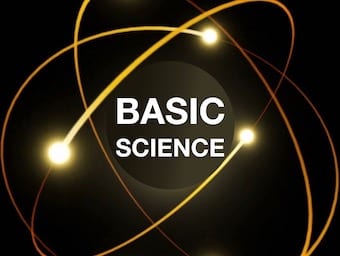
Frank Starling Curve
Physiology Philes: Draw a Frank Starling curve and list the factors that affect contractility of the ventricle. BSCC Examination question

Physiology Philes: Draw a Frank Starling curve and list the factors that affect contractility of the ventricle. BSCC Examination question

Physiology Philes: Please explain the components of a muscle spindle and the sequence of events involved in producing a stretch reflex. BSCC Examination question

Physiology Philes: Regarding the respiratory dead space. Please explain the differences between the anatomical dead space and the physiological dead space in the lung. BSCC Examination question

Physiology Philes: Draw and describe a nerve cell action potential. BSCC Examination question

Physiology Philes: Draw and explain the action potential in a cardiac myocyte. BSCC Examination question

Physiology Philes: Draw and describe the features of the Haemoglobin-oxygen dissociation curve. BSCC Examination question

Draw and describe the cardiac pacemaker action potential and explain the effects of vagal or sympathetic stimulation at the Sino-Atrial (SA) node

Physiology Philes: Please draw and describe the Pressure volume loop of the left ventricle. Basic Science in Clinical Context

Part 2 in a three part physiology phile series discussing the cardiac action potential and its effect on conduction - Cardiac Action Potential

Part 1 in a three part physiology phile series discussing the resting membrane potential and its effect on conduction

Vodcast overview of the haemoglobin – oxygen dissociation curve - BSCC

The first in the Physiology Philes BSCC series, part of the basic science in clinical context project on LITFL. First up is the Valsalva Manoeuvre